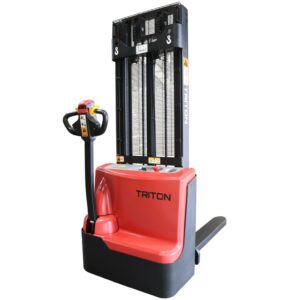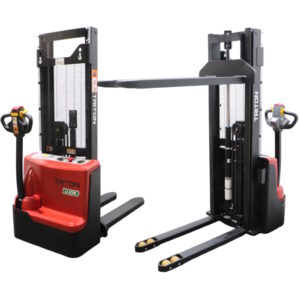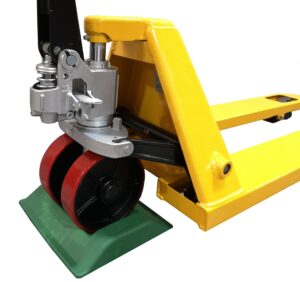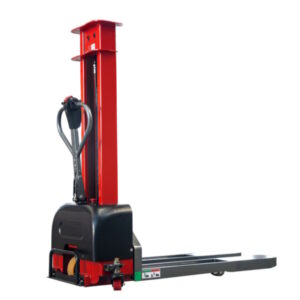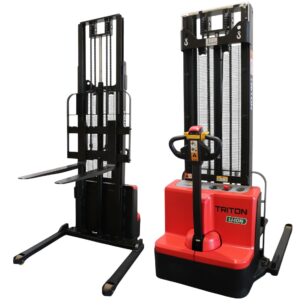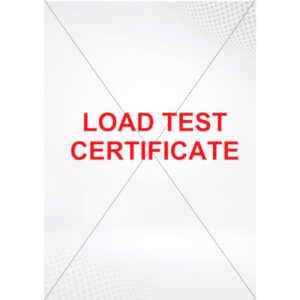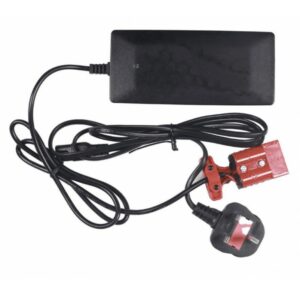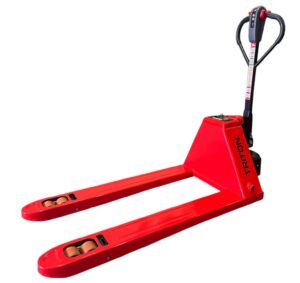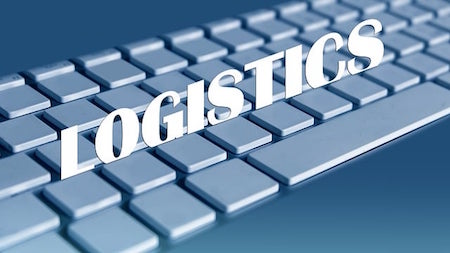eCommerce has forever changed the purchasing habits of millions of individuals and businesses in the UK and around the world. Shopping is quicker and more convenient; clothing firms even allow you to try the clothes at home and send them back if they don’t fit, no questions asked. Of course, this has an obvious side effect: the volume of returns has never been higher.
The first, obvious consequence is that reverse logistics has gone from an afterthought to an essential part of supply chain management. Unlike traditional logistics, which moves products from suppliers to customers, reverse logistics is the process of returning goods from consumers back to the warehouse or manufacturer. This could be due to unsuitable or damaged items, canceled orders, or products requiring recycling or disposal.
The Key Steps of Reverse Logistics
- Collecting – Products are gathered from consumers or distribution points, often requiring specific handling guidelines depending on the nature of the items.
- Sorting – Once collected, returned products must be categorized based on their condition.
- Returning – Items that are deemed resalable or reusable are returned to the warehouse for restocking or refurbishment.
- Disposal – Products that cannot be resold or repaired must be responsibly disposed of.
- Recycling and Recovery – Items suitable for recycling or reuse are processed to extend their lifecycle and reduce environmental impact.
Reverse Logistics and Business Efficiency
Without a well-structured returns process, companies risk increased operational costs, wasted resources, and longer processing times – all of which will impact on the bottom line. And that’s without even getting to the reputational damage that comes with offering a poor service.
To ensure returns are handled quickly and efficiently warehouses and storerooms need three things above all: clear procedures, trained staff, and – last but not least – reliable manual handling equipment.
Why Handling Equipment Matters
Handling returns effectively requires equipment that is reliable, durable, and suited to the fast-paced nature of warehouse operations. Pallet trucks and manual stackers allow staff to quickly and safely transport returned goods, reducing downtime and improving efficiency. With returns often making up a significant portion of warehouse activity – especially in e-commerce – having the right tools ensures businesses can process items without unnecessary delays.
Phil Chesworth, Managing Director of Midland Pallet Trucks, says, “A streamlined reverse logistics process is essential for modern businesses. With returns growing year on year, companies must invest in robust manual handling equipment to manage returned stock quickly, safely, and efficiently. Good equipment solutions such as the ones we provide are an investment that will pay for itself in no time!”
Can we help you find the manual handling equipment you need to streamline your reverse logistics process? Give us a call to speak to our knowledgeable team.

